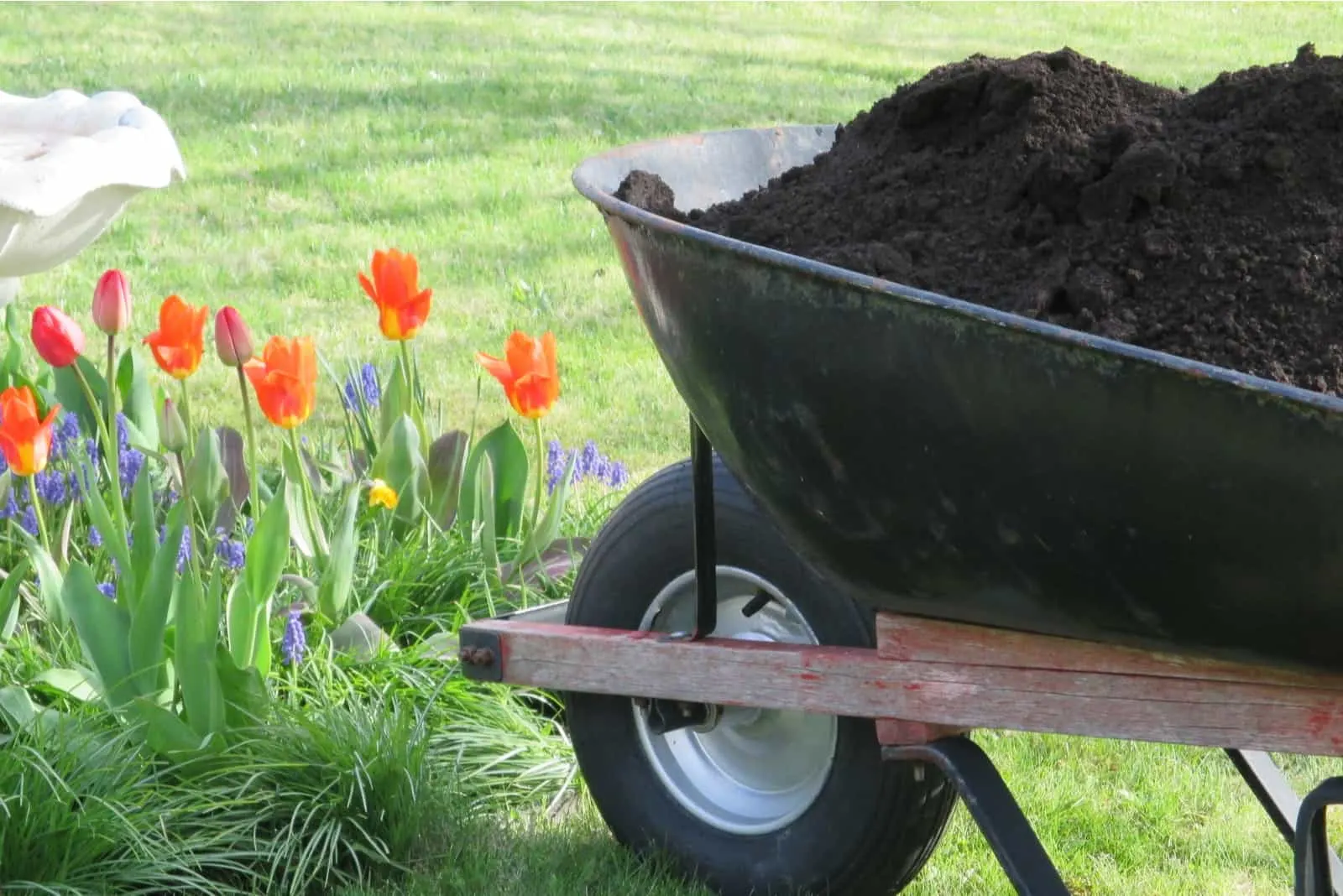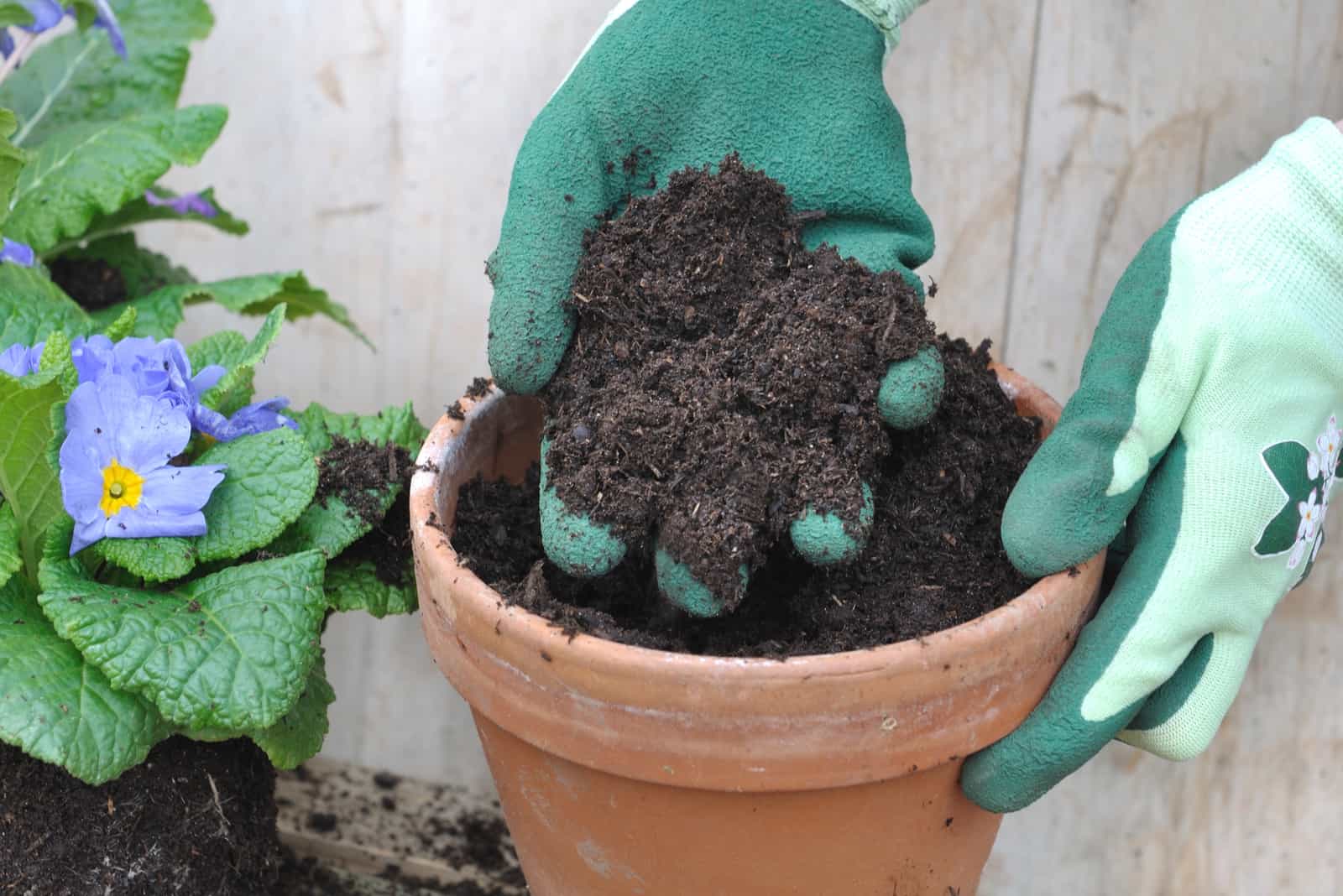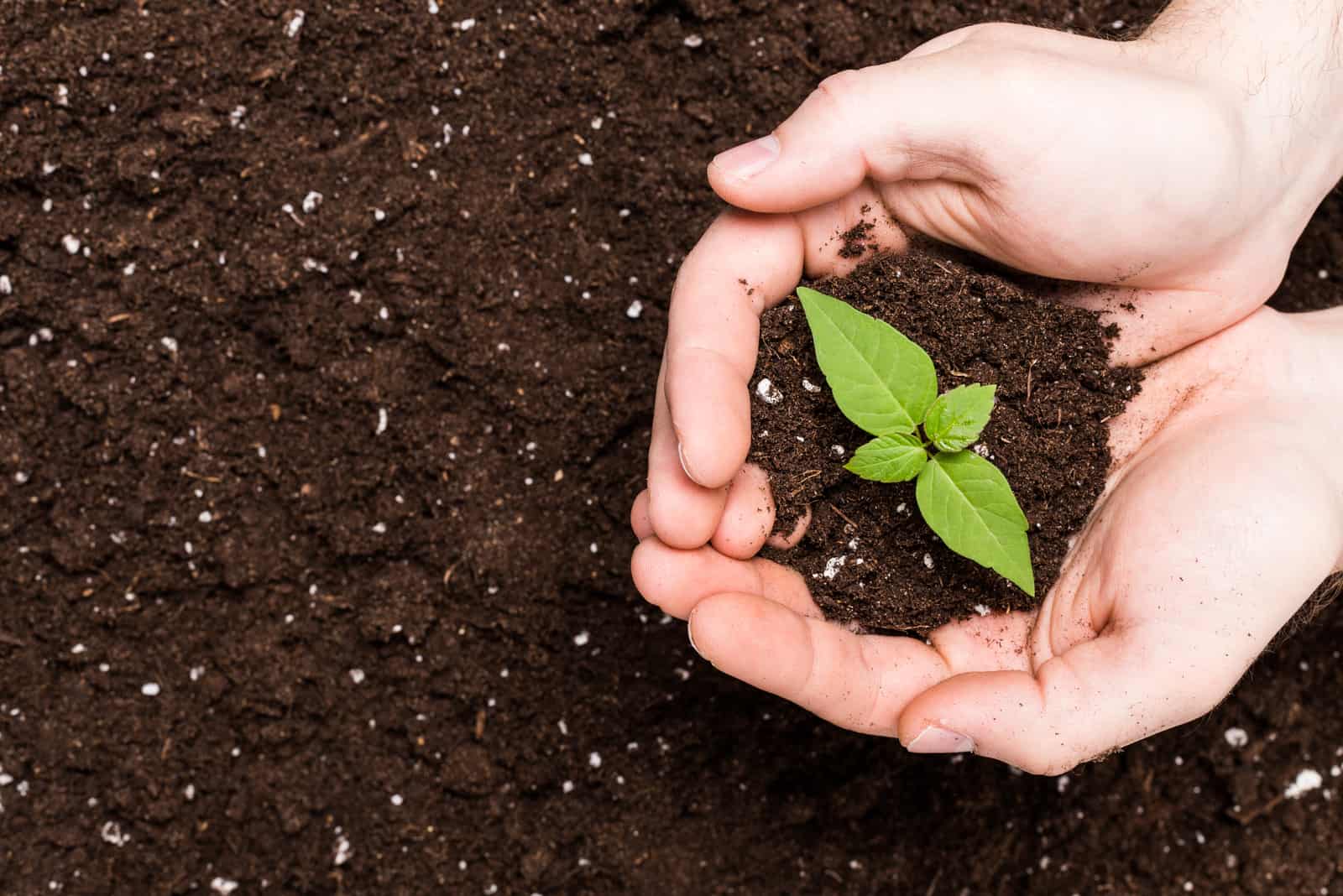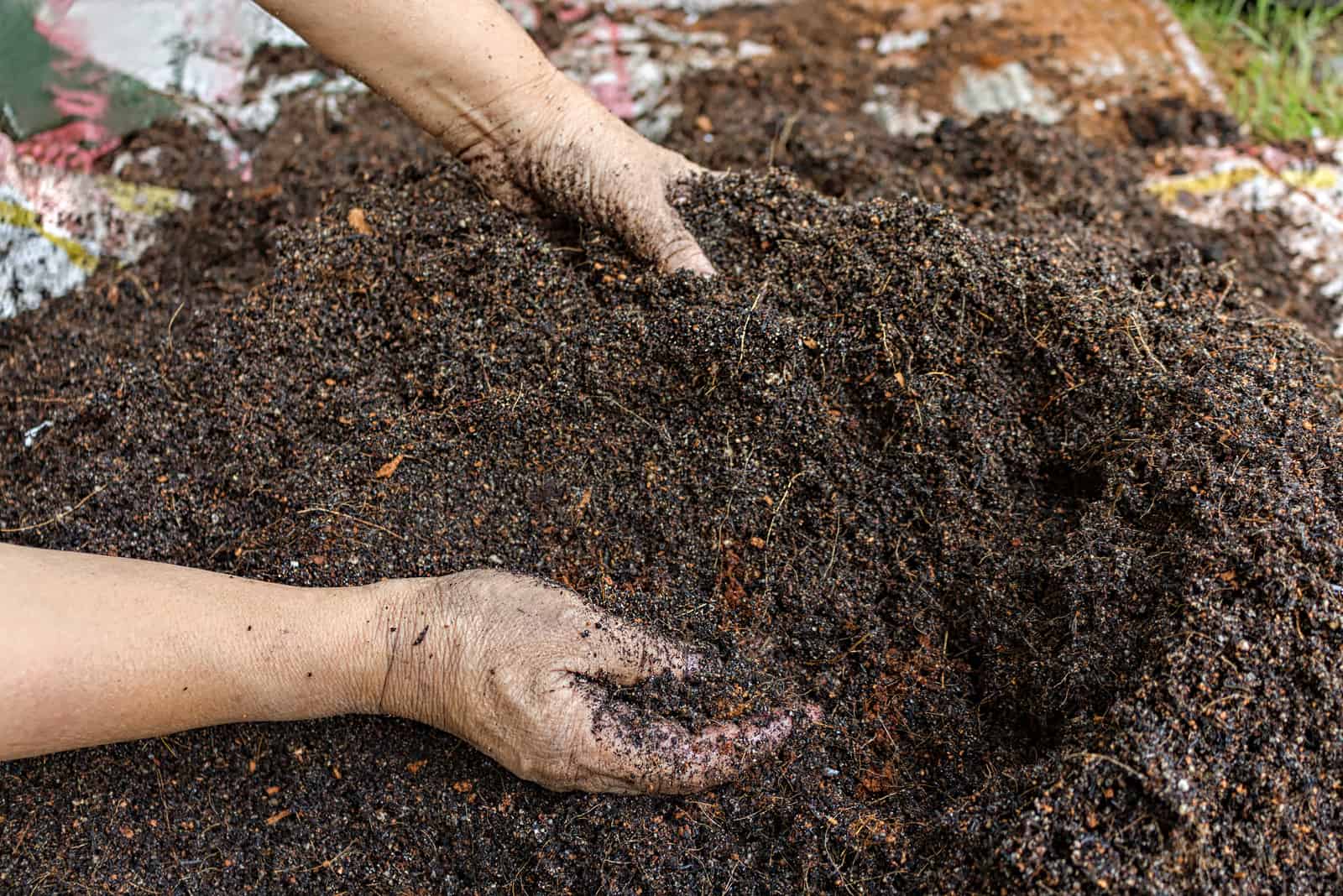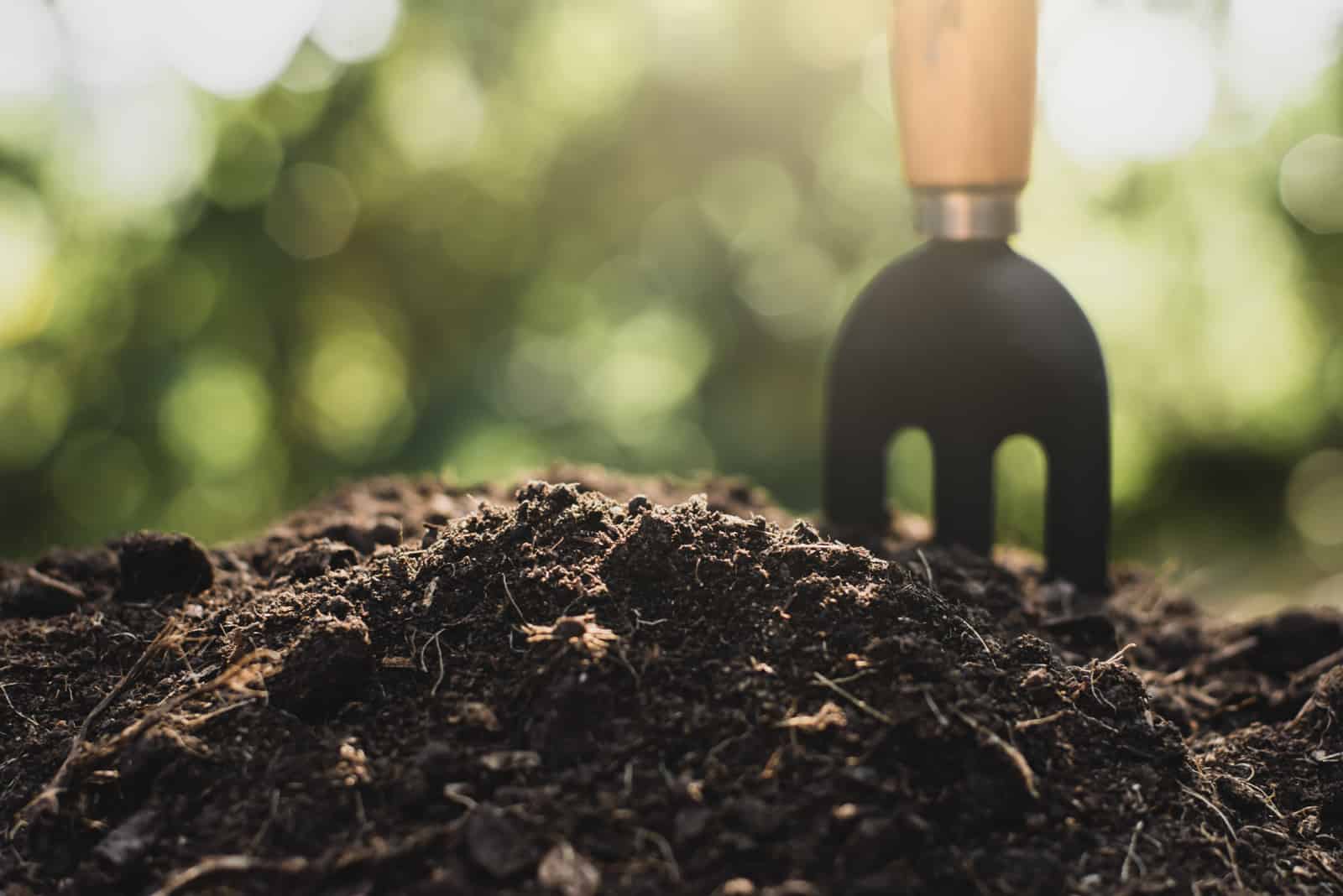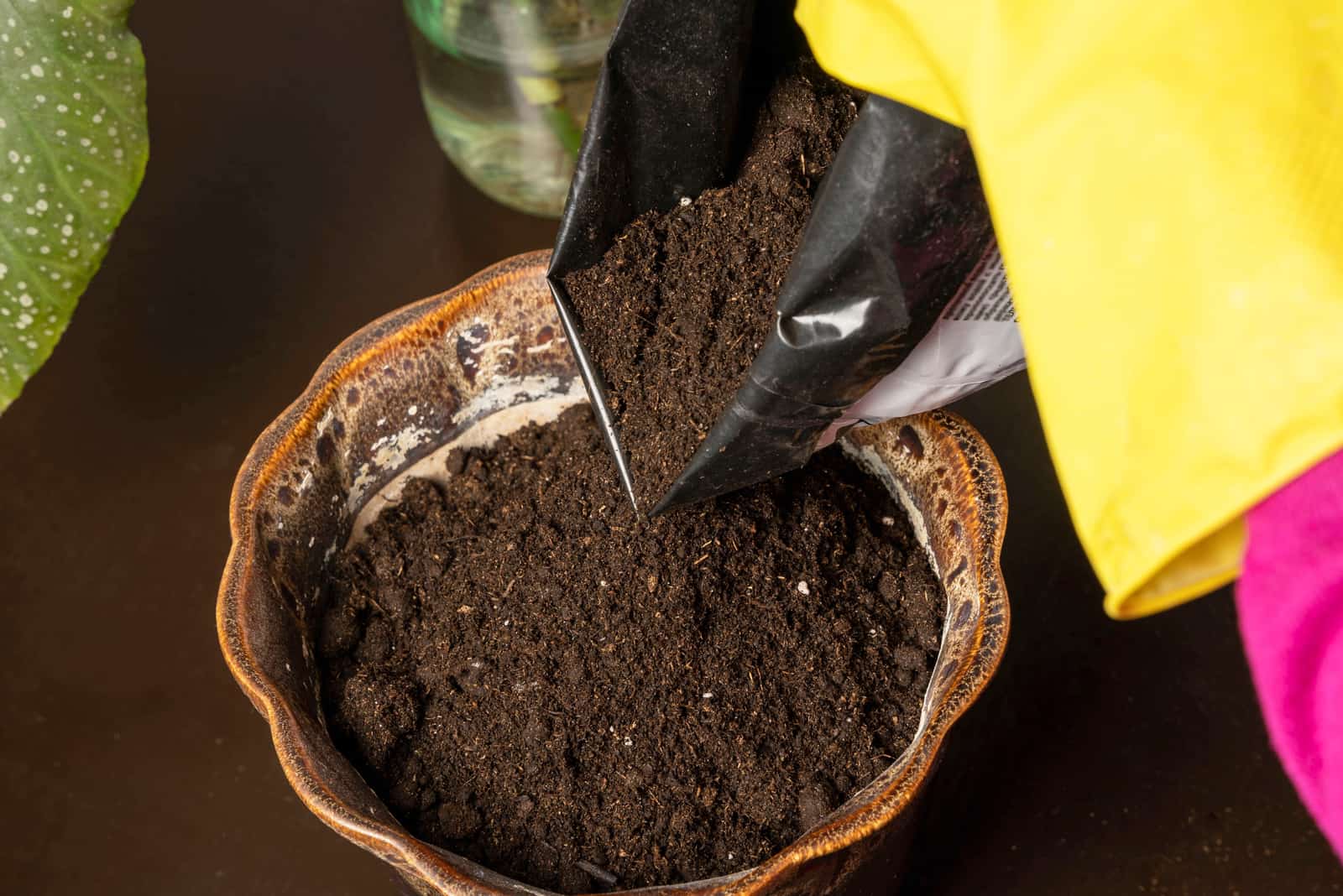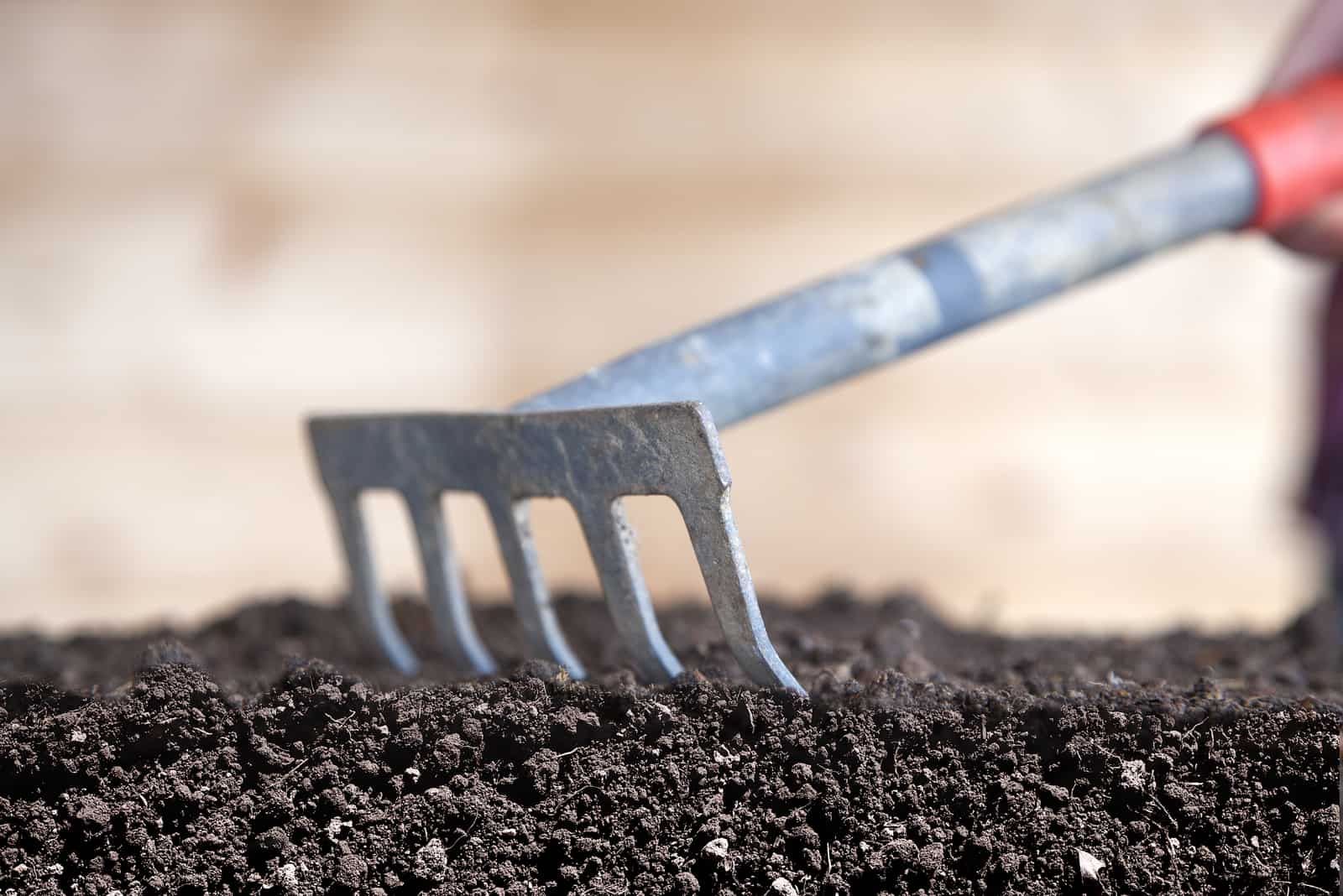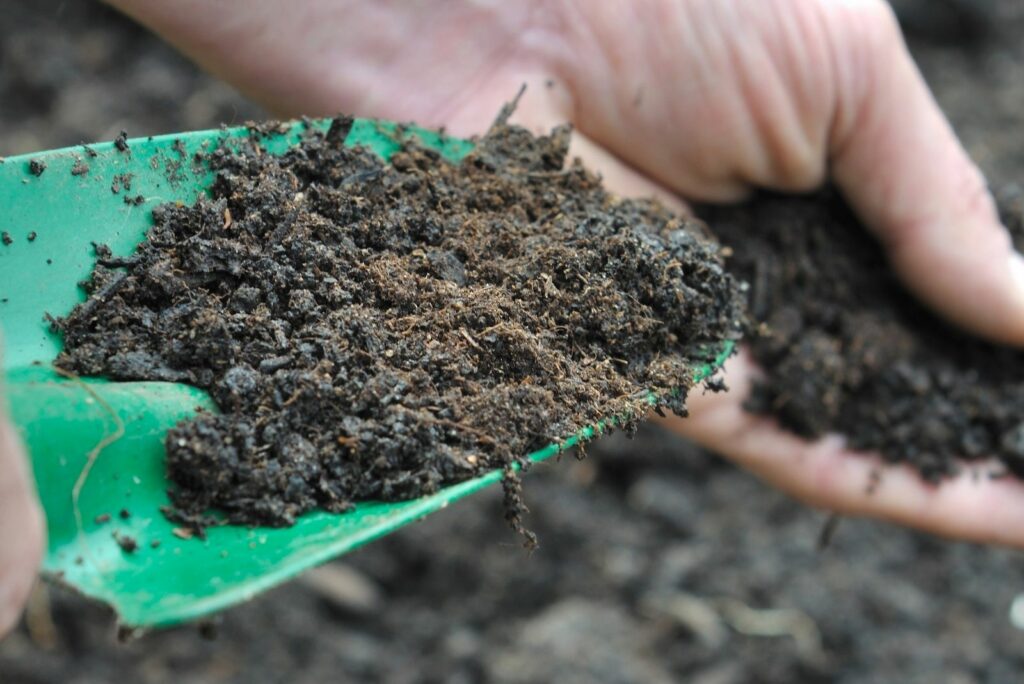Loam based compost, otherwise known as John Innes compost, originated in Merton and was developed by John Innes Horticultural Institute in the 1930s. This potting compost was primarily used in the UK, so that makes sense.
Although it’s in short supply, the main ingredient of this compost is loam.
Different ingredients can be added to a loam based potting compost.
Each ingredient will improve a particular feature needed for a specific plant, for example, good drainage or aeration.
It is essential to differentiate loam based compost and regular compost, as well as some other terms often mistaken for loam based compost.
To help you understand the various uses of loam-based compost and decide which type to use, we will define everything relevant and connected to loam-based potting compost.
Let’s start!
What Is Loam Based Compost?
This compost is made with loam soil.
The term “loam-based compost” implies that there are some other ingredients in addition to loam.
However, most potting composts don’t have any type of soil in them at all.
Loam means three different soils:
• Clay soil (clay particles are tiny and they compact easily)
• Silt soil (silt particles are less nutritious than clay particles, but retain moisture well)
• Sandy soil (sand improves aeration and drainage, but sand particles aren’t suitable for water retention)
The essential part of these soils is that they contain organic matter. https://www.youtube.com/watch?v=69ozi2YKZmA
If you ask experienced gardeners about these three soils, they will tell you that they are all high-quality and actually contain everything a plant needs for healthy growth.
John Innes compost was originally used primarily in the UK, but it has become trendy in other countries.
Other John Innes composts can be found on the market, such as John Innes Seed Compost, potting composts containing fertilizer and soil mix, and John Innes Ericaceous Compost.
This type of compost can also be combined with peat-based composts and even with peat-free composts.
The manufacturers will often add loam to soilless peat-based compost to ensure the formulation has good trace elements content.
Loam Soil vs Compost
The main difference between this soil and compost is organic matter.
Loam soil consists of inorganic materials such as clay, silt, and sand, and can also contain organic matter.
Compost, on the other hand, is entirely organic, and isn’t soil at all.
Compost has more nutrients as it is organic.
Loam Soil vs Topsoil
Many people think that these kinds of soil and topsoil are the same thing, but the truth is that topsoil can be any other type of soil.
Therefore, every loam soil is topsoil, but not every topsoil is loam.
It is worth mentioning that loam based compost is also different from humus as organic matter is decomposed (parts or the entire organic matter).
The Other Ingredients In Loam Based Potting Compost
To make your own loam based compost, and we will tell you how later, you need to know two rules. These rules include the quantities of materials and the ingredients of each John Innes loam based compost.
Different types of composts are based on this type of soil. Each type has a different formulation that is suitable for other plants.
Some organic materials, such as peat moss, can be added to multi-purpose composts based on loam. These composts are considered organic composts. Apart from peat moss, perlite can also improve drainage and even vermiculite. This type of soil has high nutrient content.
Coconut coir is another ingredient that can be added to loam based compost. It is used to retain optimal moisture levels.
If you are growing succulents, you can use sandy loam with a loamy texture.
If the clay particles are dominant, you should use clay loam as it’s best for if the soil lacks moisture.
John Innes Seed Compost
John Innes seed compost contains the following ingredients:
• Medium sterilized loam with loose bark
• Peat (or substitute)
• Horticultural sand
These ingredients are found in a ratio of: 3:1:1.
Two further components are added after the elements have been mixed: ground chalk (5g) and superphosphate (20g).
John Innes Soil Mix
This soil mix contains:
• Sterilized loam
• Peat or peat substitute
• Loose sand
John Innes Fertiliser Mix (Base)
This mix consists of:
• Hoof and horn metal (2 parts by weight)
• Superphosphate (2 parts by weight)
• Sulphate of potash (1 part by weight)
John Innes Compost No.1
This type contains:
• Soil mix (explained above)
• Fertiliser Mix (28g)
• Ground chalk (5g)
This type of loam based compost is used for young plants, cuttings that are rooted, and seedlings (potted up).
John Innes Compost No.2
This compost is suitable for many plants and vegetables. It contains:
• Soil Mix
• Fertiliser Mix (56g)
• Ground chalk (10g)
John Innes Compost No.3
This type of loam based compost has the highest amount of nutrients. It consists of:
• Soil mix
• Fertiliser mix (84g)
• Ground Chalk (15g)
It is used for mature plants, trees, shrubs, and different houseplants.
Loam Based Ericaceous Compost
This is a loam compost with reduced peat mix. It is specially designed for lime-hating (acid-loving) plants.
It can be used for both houseplants and outdoor plants.
How To Use It
Here are the 4 steps on how to use loam based ericaceous compost:
1) Cut a 10 cm shoot that is not flowering, and leave two pairs of leaves.
2) Take a rooting gel and dip the cutting in it.
3) Put the cutting into the compost, water it, and place it in a polybag.
4) Put it in a place where direct sunlight can’t reach it.
How to Make Loam Based Potting Compost
We previously mentioned that you can make your own loam-based compost. Now you’ve been provided with the necessary information, let’s see how to do it.
Before we begin, it’s good to know that you don’t have to put the exact proportions of the different ingredients in your potting mix.
First, check if you already have loamy soil in your garden.
Grass clippings used as mulch can also make a loam for healthy plant growth . Just turn them upside down until they break down.
This kind of soil needs to be sterilized so as to prevent weeds, different diseases, or pests. This is excellent for your garden because it will have less problems and be easier to maintain.
Every soil mix has to be sterilized, and you can sterilize your soil mix by yourself. It’s a complicated process, but as you want your garden to be perfect, it’s worth it.
You will need an oven and a heat-resistant dish approximately 8 cm thick. The loam soil or soil made of grass clippings should be sieved with a 5.5 mm sieve.
Place the potting soil on the dish and put it in an oven at 71 to 79°C for 10 minutes.
You can add some other ingredients to the potting mix later.
Good potting soil can also be made of leaf mould, loam, and homemade compost (grass clippings or peat moss, for example). If you grow vegetables, use this potting mix as mulch to put around vegetables.
Making your own compost won’t take much of your time so adding it to loam will have great benefits.
What Are The Benefits Of Loam Based Compost
This kind of compost is an excellent choice if you want to improve your garden soil.
The benefits of this compost include:
• Holds nutrients for an extended period.
• Water retention – retains water for a more extended time, and the plants’ roots can easily access it. This compost mix ensures healthy root growth.
• Good drainage – this feature is essential as plant roots that stay in the water too long tend to rot.
• Loam based compost is friable, which means that the oxygen has a lot of space in the soil so the roots can grow and take the water and nutrients they need.
It’s worth mentioning that many plants enjoy this type of compost as it supports their growth at every stage.
The important thing is that the formulation needs to be adjusted because of some plants, like dry soil or wet soil.
As mentioned, this compost will work well for both houseplants and outdoor plants. In my opinion, if the plants aren’t in contact with natural soil then loam based compost is definitely the best choice.
When To Avoid Loam Based Compost
Loam based compost should have good drainage fertility and allow aeration to ensure healthy plant growth.
Therefore, a suitable formulation of this type of commercial compost is the key.
As with every other product, quality depends on manufacturers.
The makers of this type of compost are members of the John Innes Manufacturer’s Association, and will always stick to the best formulations for plant growth.
When you are purchasing this type of compost, you should always check the marks to see if the makers are members of the JIMA association.
The best thing is to make a DIY version if you can. Any material from your garden or home in general can be used to make good compost.
Wrapping Up
Now that you know everything about loam based compost, you can either make your own or purchase one.
We’re sure that your garden is already well maintained, and that this knowledge about loam based potting compost will only improve it.
Until next time!
Like this post? Share or pin it for later!

